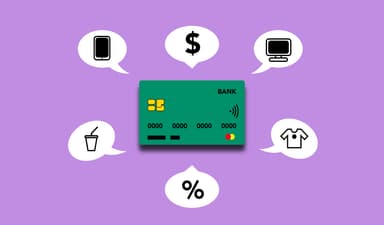Insights


How to choose a Payment Orchestration Platform
Payment orchestration platform
A Payment Orchestration Platform (POP) provides the tools to manage complexities by acting as a centralized layer for payment management, integration, and optimization.
What is a Payment Orchestration Platform?
A POP serves as the foundation for managing multiple payment methods, gateways, and processors. Its key components include:
3DS (Three-Domain Secure): Adds an extra layer of authentication to prevent fraud.
Tokenization Vaults: Securely replaces sensitive payment data with unique identifiers.
Ledgers: Tracks and records financial transactions accurately.
Subscription Management: Simplifies recurring billing and customer lifecycle management.
Authorization and Authentication: Ensures safe and compliant payment processes.
Dynamic Routing: Optimizes transaction flow by routing payments through the most efficient pathways, minimizing costs and improving success rates.
Why merchant need it?
Dynamic routing, in particular, enables businesses to reduce transaction fees drastically, achieving near-zero costs (e.g., 0.00000001 per transaction) while ensuring maximum payment approvals and customer satisfaction.
Merchant solutions landscape
Large merchants face several options when selecting a payment solution, each with unique benefits and challenges:
Single PSP:
Pros: Quick implementation, low upfront and maintenance costs.
Cons: Limited control, geographic coverage, and APMs; high per-transaction costs.
Mini Orchestration Platform:
Pros: Increased payment method coverage.
Cons: No dynamic routing or PCI DSS compliance, limited scalability.
Larger Orchestration Platform:
Pros: Broader coverage and some customization.
Cons: High maintenance costs and reliance on internal expertise.
SaaS Payment Orchestration:
Pros: Scalability, low initial investment, and maintenance costs.
Cons: Vendor lock-in, per-transaction costs, and limited control.
In-house Orchestration Solution:
Pros: Customization, full control, long-term cost savings.
Cons: High initial investment, slow implementation, and high risk.
What to choose for Payment Orchestration Platform?
UNAK - Modular Payment Orchestration Platform:
Pros: Vendor independence, cost efficiency, and scalability.
Cons: Requires some payment expertise and moderate maintenance costs.
Why UNAK Stands Out
Among the choices, UNAK redefines payment orchestration by combining the best features of the modular approach while addressing the gaps left by traditional solutions:
Full Payment Control: Gain complete oversight of payment processes.
Dynamic Routing: Automatically route transactions through optimal pathways, reducing costs and boosting approval rates.
Scalability: Effortlessly integrate new currencies, regions, and methods without disruption.
Standardization: Acts as a bridge between legacy systems and modern payment innovations.
Comprehensive Security: Features real-time fraud prevention powered by machine learning.
Cost Efficiency: Eliminates per-transaction fees and ensures predictability in operational expenses.
Flexibility: Open architecture enables merchants to tailor the platform to their unique needs, with robust API documentation simplifying integration.
How to Choosing the Right POP
When selecting a POP, businesses should evaluate:
The platform’s ability to integrate with multiple PSPs, APMs, and risk management tools.
Flexibility in scaling to new markets or adding payment methods.
The cost-effectiveness of reducing transaction fees and operational costs.
Ownership of payment data for better insights and strategic decision-making.
Ease of implementation and support for existing systems without disrupting operations.
UNAK excels in all these areas, making it the ideal choice for modern businesses aiming to transform payments into a growth engine. We love questions, contact us!
Share:


Dimitar Dimitrov
Marketing & Digital Strategy in payments

As a seasoned digital transformation consultant, I bring over a decade of experience across multiple industries, specializing in optimizing digital marketing strategies, creating and selling online products, and enhancing online payment and e-commerce processes. My expertise lies in driving performance and efficiency, ensuring that businesses meet and exceed their digital goals.


